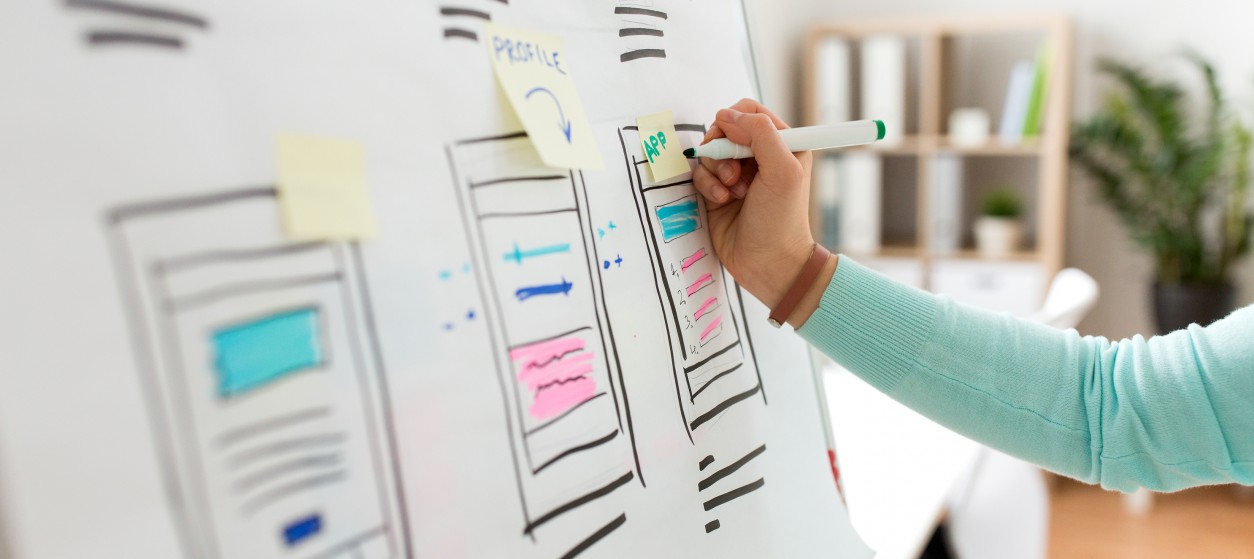UX, which stands for user experience, is a concept that has grown rapidly over the past few years. It is at the heart of everything designers do nowadays. It is the pivotal consideration when it comes to creating products that not only meet the consumers’ expectations, but exceeds them.
User experience design centres on taking into account the consumers’ wants at every single step in the process. This includes usability, interaction design, information architecture, typography, visual design, user interface, functionality, content strategy, and more. It is a strategy that delivers customer satisfaction and long term value.
In the past, many designers tried to achieve the coveted ‘look’. There are many that still take this approach today. However, whilst you
may achieve an aesthetically appealing website or application, you are likely to overlook the end users’ needs. Often, what works from an aesthetic standpoint may not be successfully in relation to navigation. Therefore, if you do not consider the users’ needs at all points in the process, you won’t create a product that is easy, enjoyable and effective for the consumer.
Research shows that there is a greater chance of purchase or conversion the longer a consumer remains on a website or mobile application. This is one of the chief reasons why UX design is so successful. It compels the consumer to engage with the content. They are motivated to click through the array of pages that are available, and consequently they will spend a greater amount of time on the site or application.
The benefits of UX design are there for all to see, but how do you implement this in 2014 to ensure you exceed your consumers’ expectations? It all begins by entering the process as if you were a customer. By doing this you will be able to observe the current user experience, in order to deduce how the site or application is being used. This allows you to efficiently determine any issues in the customer flow, of which you can then resolve.
Nonetheless, it is also advisable to gain further insight by engaging in testing. Gather participants to take part in a test whereby they measure and record their interaction. This allows you to determine whether there is a pattern whereby the breakdown in process tends to occur. A/B testing is advisable too. You can use this to evaluate conversion rates for different content communications, graphics and designs.
Finally, another tactic most UX designers are beginning to use to exceed consumer expectations is the creation of personas. The designer will build several fictitious users in order to accommodate the varying needs of your users. After all, every user that visits your site or application is not going to have the same preferences and needs. The use of personas ensures that UX design considers all types of consumers, rather than the average customer. This is something we are set to see a lot more of in 2014, as UX continues to evolve.
To conclude, the value of UX design cannot be ignored. It is no longer a niche, but a necessity. Use the advice that has been provided in this post to ensure you implement it effectively.










